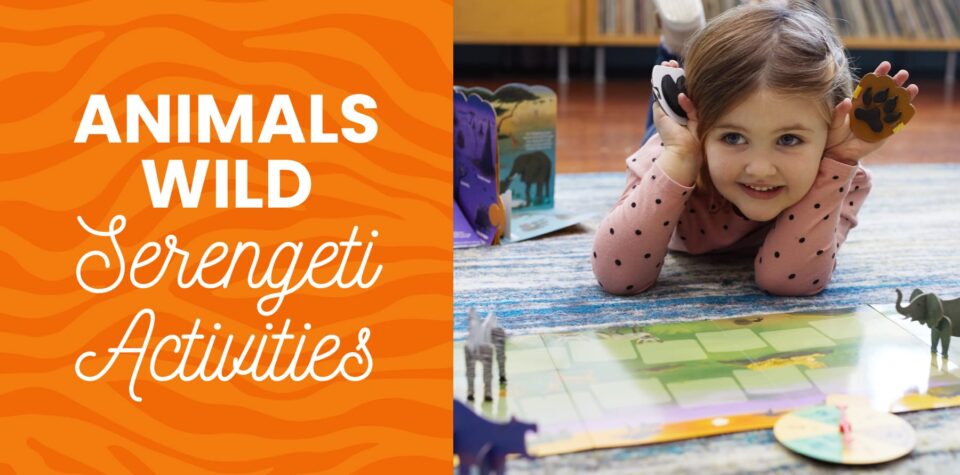
Serengeti Activities
Little Passports is celebrating our Animals Wild subscription for kids ages 3-5 with a herd of free activities fit to share around the watering hole. Explore the vast open spaces of the Serengeti plains with a story about a wildebeest and a zebra, four printable activities, and quick facts about two fascinating savanna creatures. Enjoy!
Lunch Buddies Story
“Excuse me, is it OK if I join you?” asked the zebra. She was talking to an animal with
curved horns grazing on some nearby grass. Even though the zebra and her family had
just been on a very long trip with millions of blue wildebeests, she’d never met this
particular one before.
The wildebeest nodded its head slowly and continued chewing. The zebra walked
closer and began to nibble. The rains had left the grasslands lush with fresh grass
everywhere.
After a while, the wildebeest looked up. “So, was this your first migration?” he asked.
The zebra felt better. The gentle giant with the grayish-blue coat was friendly, after all.
The zebra nodded and smiled widely with bits of grass stuck in her teeth. “Uh-huh. My
parents have made the journey a few times, so I’d heard about it, but this was my first
time actually doing it. What about you?”
The blue wildebeest slowly shook his head and smiled. “This was my second one. What
did you think of it?”
“Oh boy,” the zebra said with a sigh. “Running for hundreds of miles and swimming
across those raging rivers? I thought it would never end.”
The wildebeest stopped chewing for a moment. “I know!” he said. “But I’m glad we did it
together. Without you zebras, we wouldn’t have made it. You all led the way!”
“It was my dad and his friends!” the zebra said proudly. “They remembered the route
from last year. Zebras have really good memories, you know.”
The zebra tore off some more tall grass but kept right on talking. “We wouldn’t have
made it without you and the other wildebeests,” she continued. “In fact, we probably
would have starved without you!”
“Well,” the wildebeests replied, “I don’t like to brag, but we do have an excellent sense
of smell. We always sniff out the best spots to drink and eat.”
“I’ll say,” said the zebra. “This is the tastiest grass I’ve ever eaten!”
The two laughed and returned to eating. The blue wildebeest watched the zebra graze
on the tops of the tall blades of grass before moving on, completely leaving behind the
greener part at the bottom.
“You’re not going to finish that?” the blue wildebeest asked. “You’ve left the best part!”
The zebra shook her head. “No, I like the taller grass. It’s tougher, and that means it’s
nice and chewy—just the way I like it,” she explained.
“Well, I like the shorter, greener grass!” the blue wildebeest said with a laugh. “It’s much
more tender.”
The zebra stepped aside and nodded at the blue wildebeest. “Help yourself!” she said.
Then she added a little shyly, “Would you like to be my lunch buddy?”
“I’d be happy to,” the wildebeest told her. “We make a great team!”
Printable Activities
Find hiding animals, make a kicking zebra, build a spinning pangolin and more with these free printable Serengeti activities! Click or tap the image to download.
Silly Spinning Pangolins
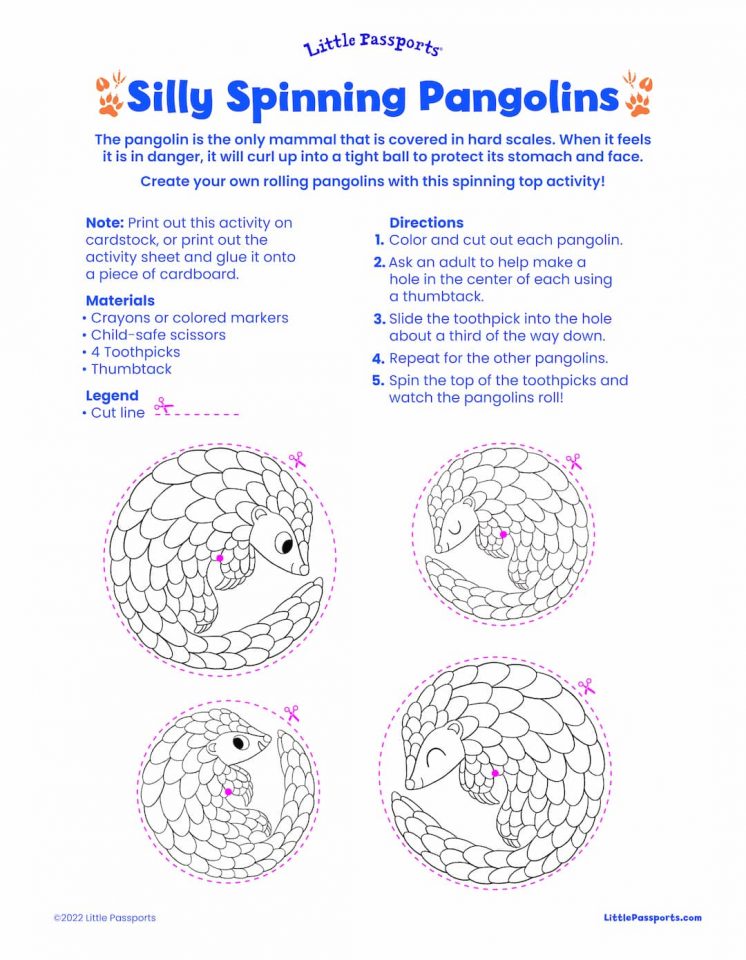
A Lazy Day in the Serengeti
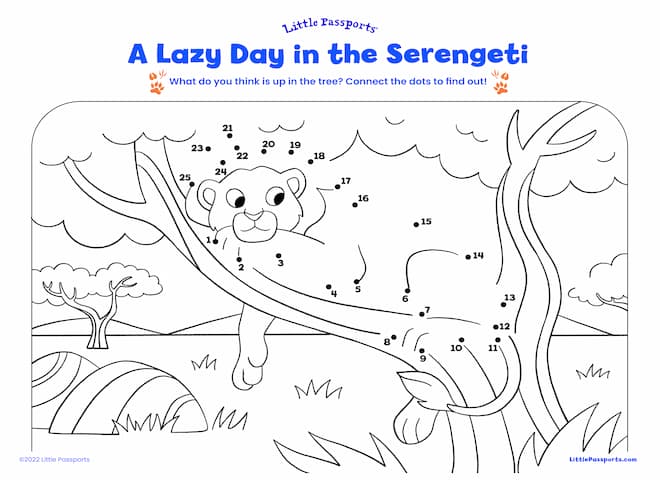
Kicking Zebra
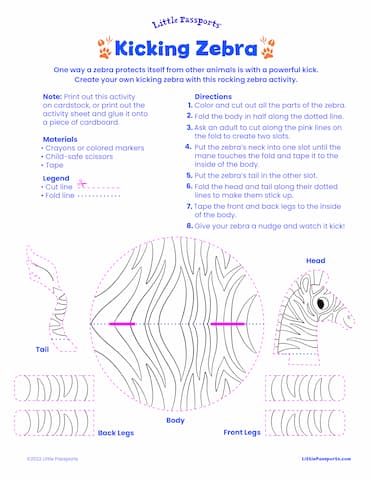
Serengeti Peekaboo
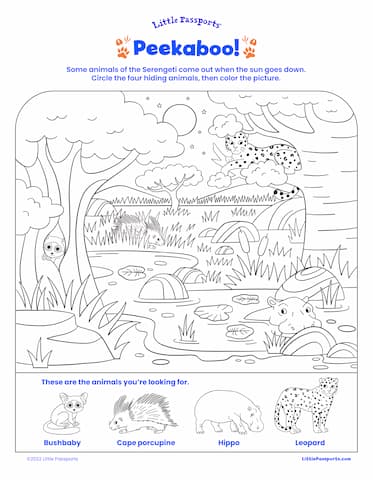
CREATURE QUICK FACTS
Aardwolf
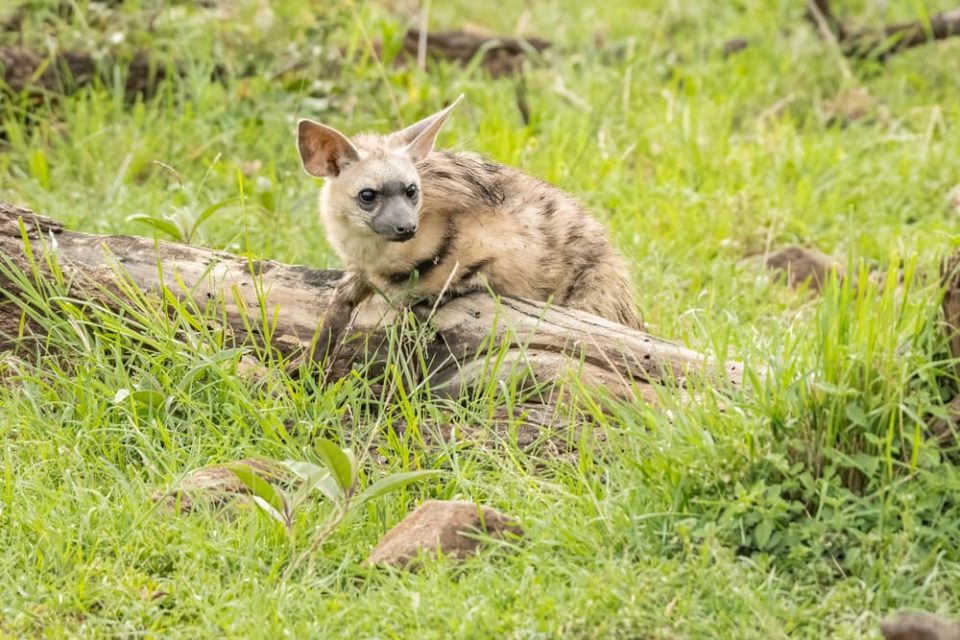
What, exactly, is an aardwolf? Its name means “earth wolf” in the Afrikaans and Dutch
languages, but it’s not related to aardvarks or wolves. The aardwolf belongs to the
hyena family, which is known for ferociously hunting large prey. Yet the shy aardwolf
prefers a mostly termite diet. Like an aardvark, it uses its long and sticky tongue to eat
up to 300,000 termites a night!
Ostrich
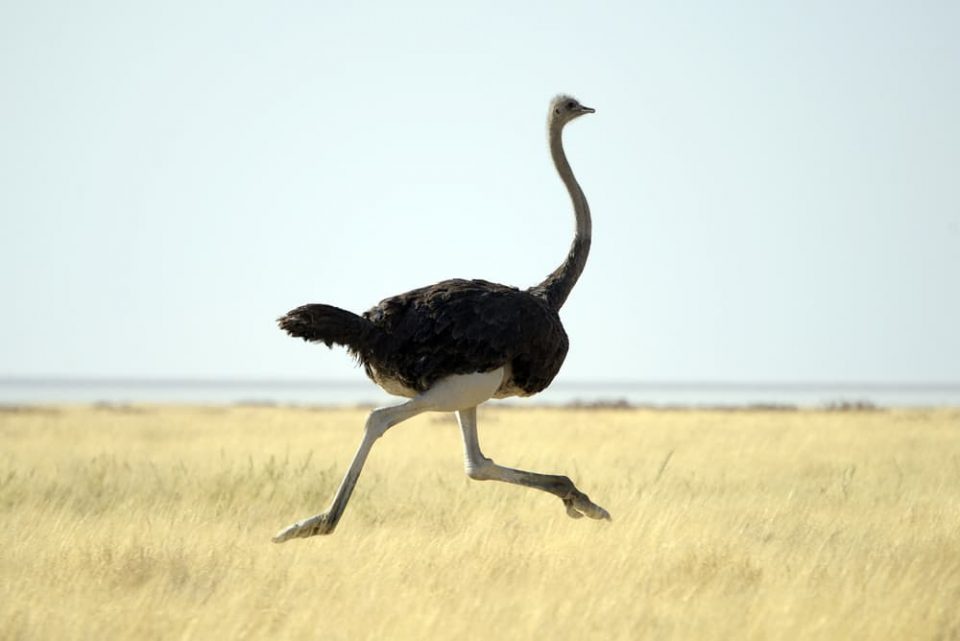
The ostrich is the largest bird in the world at more than eight feet tall and weighing up to 350 pounds. Because it’s so heavy, it can’t fly, but it sure is fast on its feet. Ostriches can reach speeds up to 43 miles per hour! And when it can’t run away from danger, the ostrich has a neat trick. It crouches down and lays its head and neck close to the ground so that the colors of its feathers blend in with the soil. Now you see it, now you don’t!
